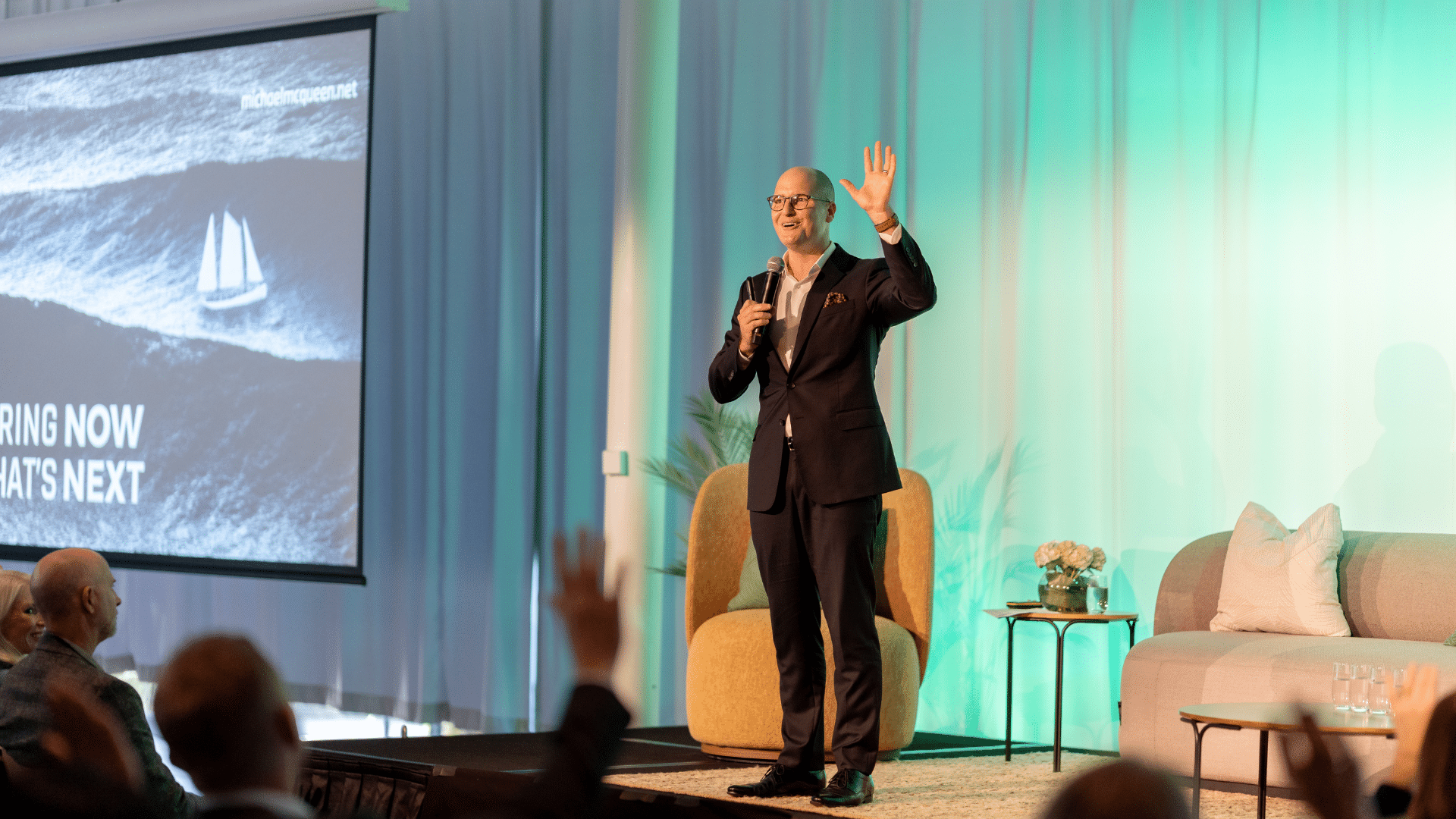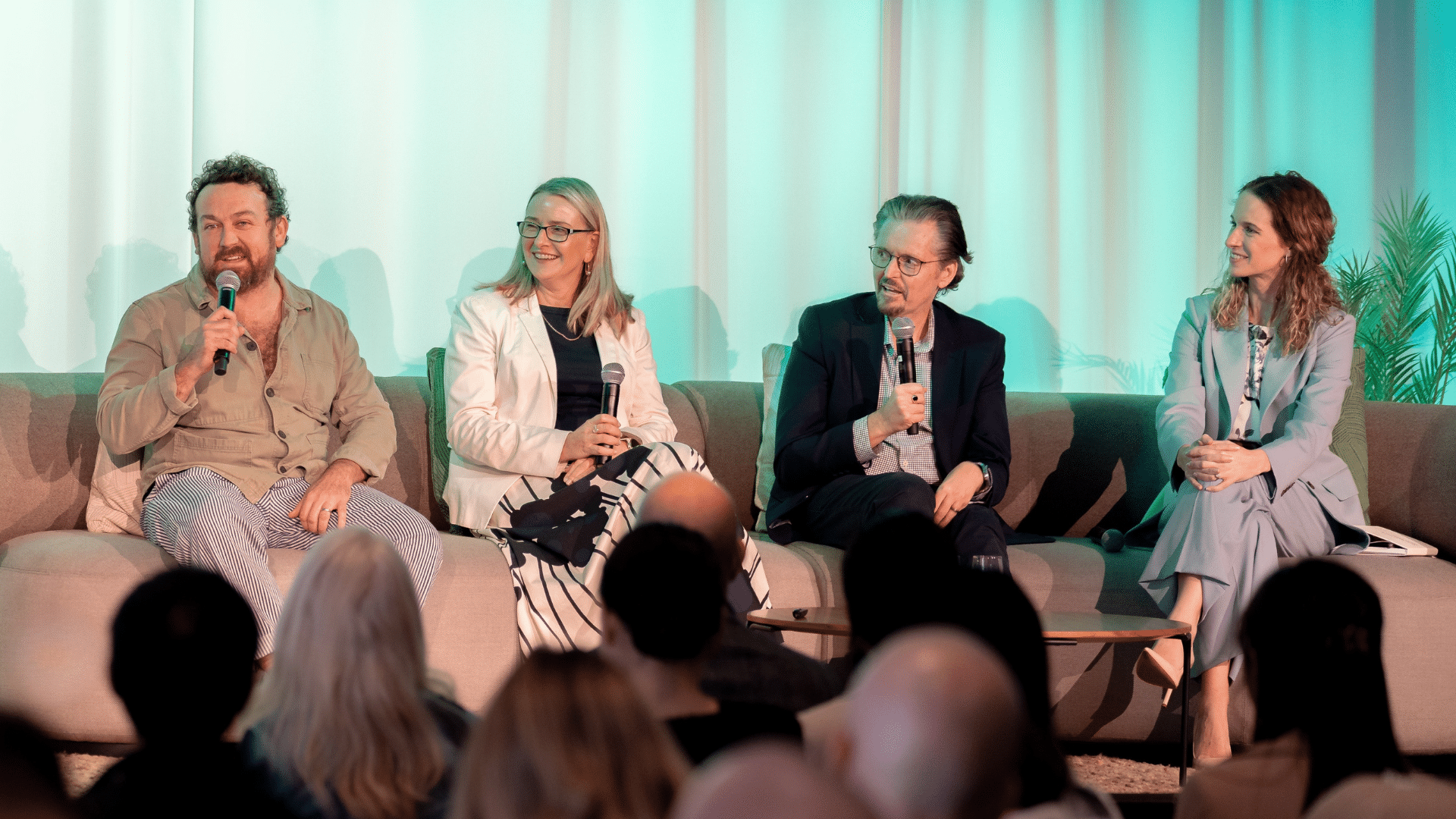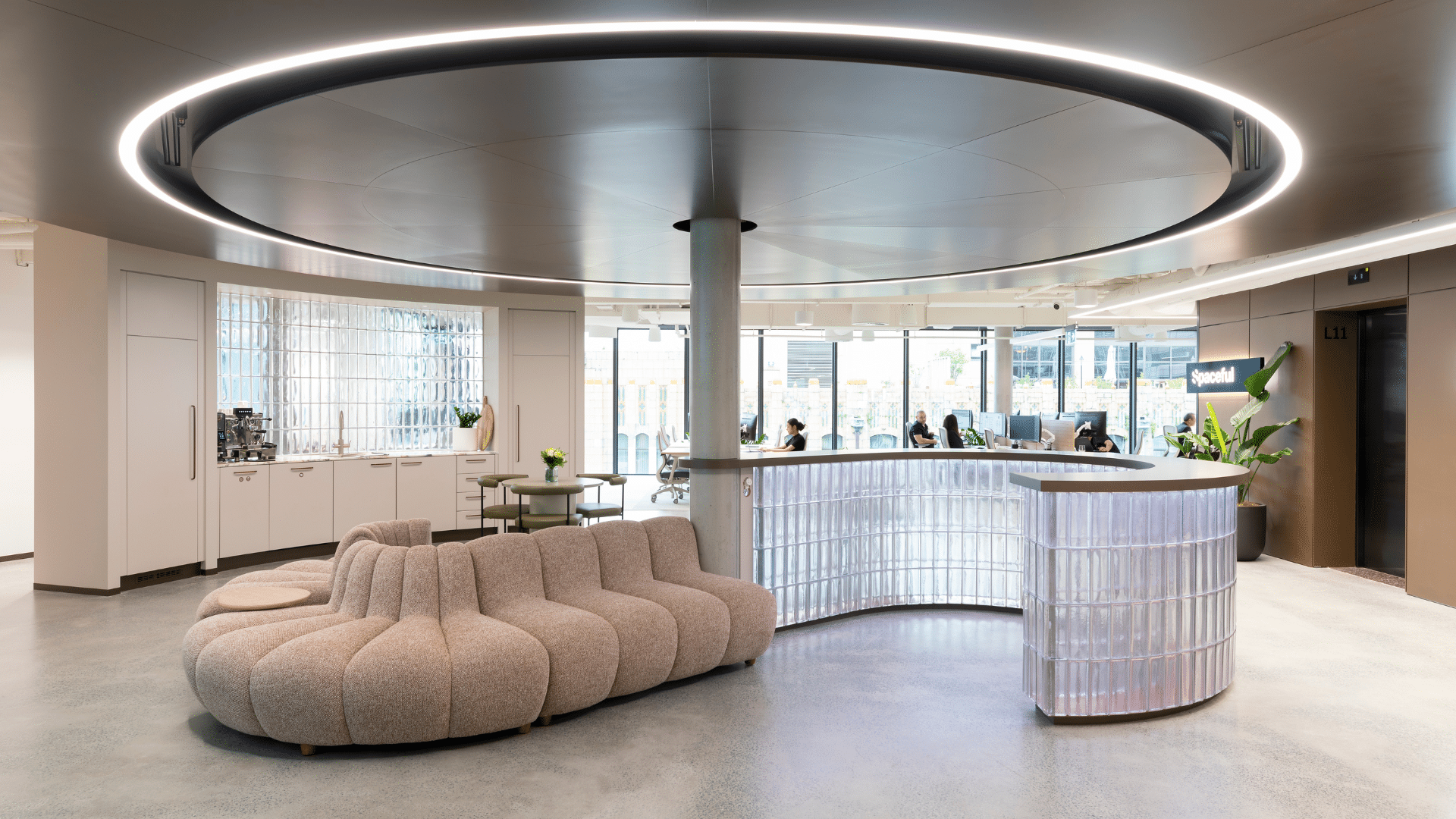
The workplace is warming up. That’s what the Spaceful State-of-the-Workplace Thermometer revealed at the 2025 Workplace Summit in Sydney earlier this month where over 200 industry professionals came together to discuss the future of work. And no, this isn’t climate-related, it’s experience-related.
Workplace experience as a factor in return-to-office trends
Participants were tasked with rating their current workplace experience on a thermometer scale. With close to 200 professionals from the workplace industry weighing in, the sentiment is clearly rising.

On a scale from Frozen (uninspiring, disconnected and doesn’t reflect who we are or support our work), to Thriving (vibrant, inspiring and tailored to support our work), the majority of attendees voted that their workplace experience is Thriving and Warming-up (welcoming, adaptable and evolving, i.e., improving).
This aligns with research from around the globe. New data from Flex Index reflects, “A shift toward more office time: Firms requiring zero days in the office dropped from 32% to 24%, while those requiring 3-4 days increased from 21% to 31%. These changes combine to increase average office expectations by 13% over the past year.”
So, both in-office expectations and actual attendance is rising. Although there is still a remaining gap between official policy and actual employee compliance. US research shows that compliance with full-time office requirements is still less than 1 in 2 people (49.1%) in 2025 (WFH Research).
The temperature is up – but what if it's getting too hot?
Too hot = too many people, not enough desks
A surge of energy, connection, and collaboration in many workplaces is a positive sign, but what happens when this renewed in-person engagement outpaces a business’s preparedness for increased physical presence? Based on our market observations in Australia, various organisations are now grappling with providing adequate workspace for their teams. Return-to-office mandates have been announced without careful consideration of the pressure this places on desk availability and spatial resources.
Another trend we’re seeing in Australian businesses with US headquarters is a shift back to allocated seating. This is forcing local operations to make significant changes to their workplace layouts to accommodate more workstations. We are finding that local real estate teams are advocating for flexible working and shared-desking arrangements to preserve ‘the vibe’, rather than half-empty with assigned but unoccupied desks.
Turning up the heat on connection
While physical presence is increasing, younger generations are seeking something more profound. Recent research has revealed that Gen Zs are, “not looking to hide behind screens; they’re actively seeking opportunities to build interpersonal skills and meaningful professional relationships.” They value workplaces that feel like vibrant communities rather than sterile corporate environments, and want environments where authentic bonds can form, and personal and professional relationships can interweave naturally.
Workplaces that balance function and human needs are drawing people back to the office
When asked what’s drawing them back into the office, the overwhelming majority of attendees voted for collaboration and culture, followed by the desire to focus without distractions.
Our workplace research with clients has revealed a similar twofold need: one that is both functional and human.
The functional appeal: Dedicated spaces for deep work, access to technology and ergonomic set-ups, and a range of spaces designed to support diverse workstyles and individual needs.
The human connection: Face-to-face collaboration opportunities, mentorship and learning through proximity, and spontaneous social interaction that sparks creativity and sustained motivation.
Human connection makes the commute worthwhile, while a functional workplace enables us to perform at our best.
Balancing the heat: What this means for workplace strategy
The warming workplace thermometer signals opportunity. As we navigate this shift back to more physical presence, the most successful organisations will be those that understand why people are choosing to return. The challenge isn’t just accommodating more people, it’s creating environments that satisfy both the functional and human needs driving people back to the office.
Key considerations include:
- Space utilisation: Moving beyond a simple desk count to understand how different activities require different spatial solutions. Shared desking works when thoughtfully implemented with adequate variety in work settings.
- Cultural temperature control: Creating the right balance of energy and calm, collaboration and focus, connection and privacy. Too much heat can overwhelm, while too little leaves people cold.
- Generational inclusivity: Recognising that different generations bring different expectations and needs to the workplace. Gen Z’s desire for authentic connection can enrich workplace culture when channelled appropriately.


